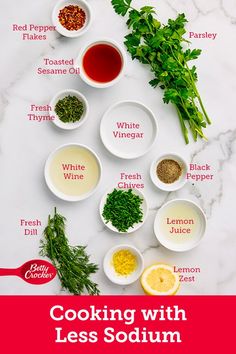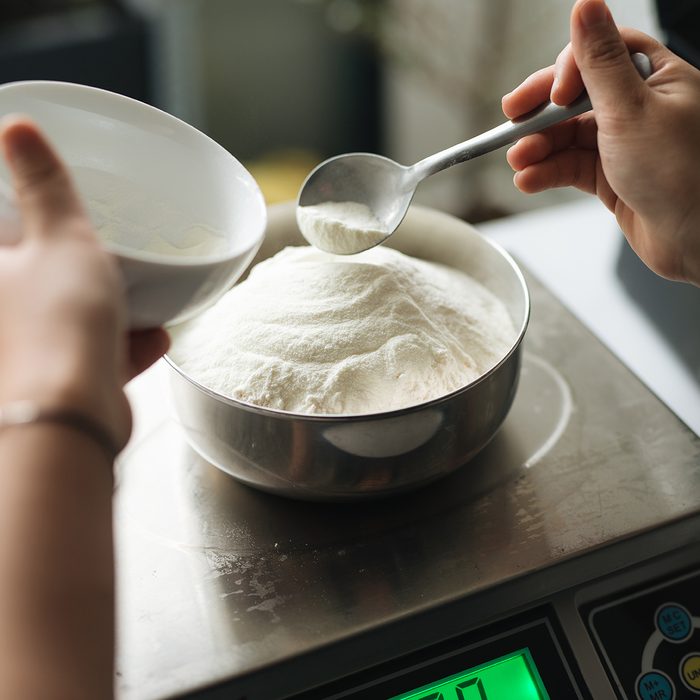
Before you decide which cooking oil is right for you, there are many things to consider. Overheating oils produces undesirable effects, including smoke, toxic vapors, and bad flavors. Some oils have a neutral taste and can be used to saute, roast, or fry. Others can make unhealthy chemical compounds when heated. The following table will help you choose the right oil for your particular cooking needs.
Seed oils and nuts
Although most mainstream nutrition experts do not consider seed oils unhealthy, many health professionals are now claiming that they cause inflammation, which is a major cause of chronic diseases, including heart disease and obesity. Joe Rogan spoke with Paul Saladino, a nutrition scientist at the University of California, Berkeley. Cate Shanahan described the most widely used seed oils on today's market as the "hateful 8".
Safflower oil
This guide will show you how to cook Safflower oils. Safflower oils have high smoke points which makes them a good choice for cooking with high heat. Safflower oils have a smoke temperature of around 450 degrees. This is in contrast to other oils that have smoke points below 250 degrees. It can be used in frying, sauteing or roasting.
Peanut oil
You may be wondering whether peanut oil is a good cooking oil to use in your kitchen. This versatile oil has an excellent smoke point and a mild flavor. You should remember that peanut oil cannot be substituted for vegetable oils. Before you start cooking with peanut oil, there are some important things you need to consider. You will learn about the benefits of using peanut oil to cook. This oil is safe for your health and can be used in your cooking.

Sesame oil
Sesame Oil has many benefits. Let's start with its nutritional values. Sesame oils are rich in vitamins E, omega-3 fatty acids and minerals. This versatile oil can help your body produce more vitamins and minerals and may even reduce your chance of developing cancer. Sesame Oil is not recommended to be deep fried as this can have adverse effects.
411
Olive oil is something you might have heard of. It's a rich source of monounsaturated fats, antioxidants, and minerals and can withstand high heat. While olive oil is ideal for baking, it's also best used at the end of cooking, when a delicate flavor is desired. Olive oil is best paired with coconut, chocolate, and citrus flavors. Vegetable oils are the most common cooking oil used in commercial kitchens. They also have a higher amount of saturated fat.
Canola oil
Canola oil is one of the most widely used cooking oils today, and for good reason. It is very stable and easily available for a very affordable price. You can find a small bottle in most grocery stores for as little as $20. Canola, like any oil, has its pros and cons. This guide will help you choose the best oil for your cooking needs. It is the secret weapon used by many professional chefs.
Olive oil
It is important to choose the best olive oil to use in your cooking. Olive oil is stable at temperatures up to 420°F, but can easily be damaged by light. Its aroma is similar to that of a rancid crayon. In addition to taste, olive oil should be stored in a dark bottle away from oxygen, heat, and light. Also, ensure that the seal is tight so that olive oil does not lose its quality.

FAQ
How much does a culinary school cost?
The costs of culinary school can vary depending on where and how long it takes. The average tuition cost is $10,000-$30,000 annually. The majority of students graduate with around $20,000 in student debt. However, some programs offer scholarships, grants, and work-study opportunities.
Is there any difference between a chef or a cook.
A chef cooks for others. A cook prepares food for himself or herself. Both jobs require the preparation of food. However, chefs work directly with their customers. This means they may have to decide what to serve guests based on their preferences. Cooks don't interact with customers. Instead, he or she ensures that the food tastes good before serving it to anyone.
What is the best way to store leftovers?
Tupperware containers can be used to store leftovers. These containers protect food from spoilage and keep it fresh. They also keep foods warm longer. Remaining food can be frozen in freezer bag. You can freeze leftover food by placing it in another freezer bag. This will prevent any air from escaping. Once the food has been frozen, transfer it into an airtight container such as a zip lock bag.
How Much Does it Cost to Learn Culinary Arts Skills?
It is not easy to find a culinary arts degree that costs less than $40,000. A four-year degree usually costs around $40,000. A two-year associate's level degree can cost less than $5,000. The type of program you choose will determine the tuition rates. The tuition rates for private institutions are usually higher than those of public universities.
Statistics
- In the United States, the category is estimated at $23.2 billion annually and is growing faster than the market. (washingtonpost.com)
- under 10 Kids have been taught that there is special food just for them, and Fiese says that 10 percent of kids will throw a tantrum if they don't get the food they want. (washingtonpost.com)
- You'll be amazed that over 90% of CIA students receive scholarships and grants to finish their culinary studies. (ischoolconnect.com)
External Links
How To
How to cook a steak
The thickness of the meat determines the best cooking method. For example, thinner steaks are best cooked over low heat, while thicker ones need higher temperatures.
You should also ensure you don't overcook them because they'll lose flavor. Don't forget to take the steak out of the pan once it's finished. This will ensure that you don't burn your self.
Cooking time will depend on the size of your steak and the desired level of doneness. Here are some general guidelines:
Medium Rare: Cook until medium rare, which means the internal temperature reaches 145degF (63degC). This should take between 3 and 5 min per side.
Medium: Cook to medium (or until the internal temperature reaches 160degF/71degC). This typically takes 6 minutes per side.
When done well, cook until the internal temperatures reach 180°F (82°C). This can take between 8-12 minutes per side.